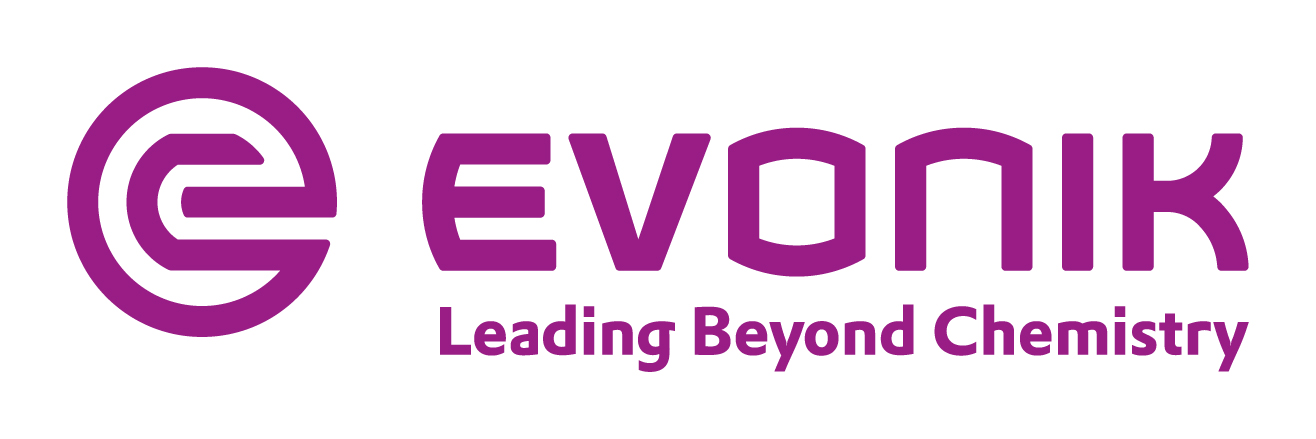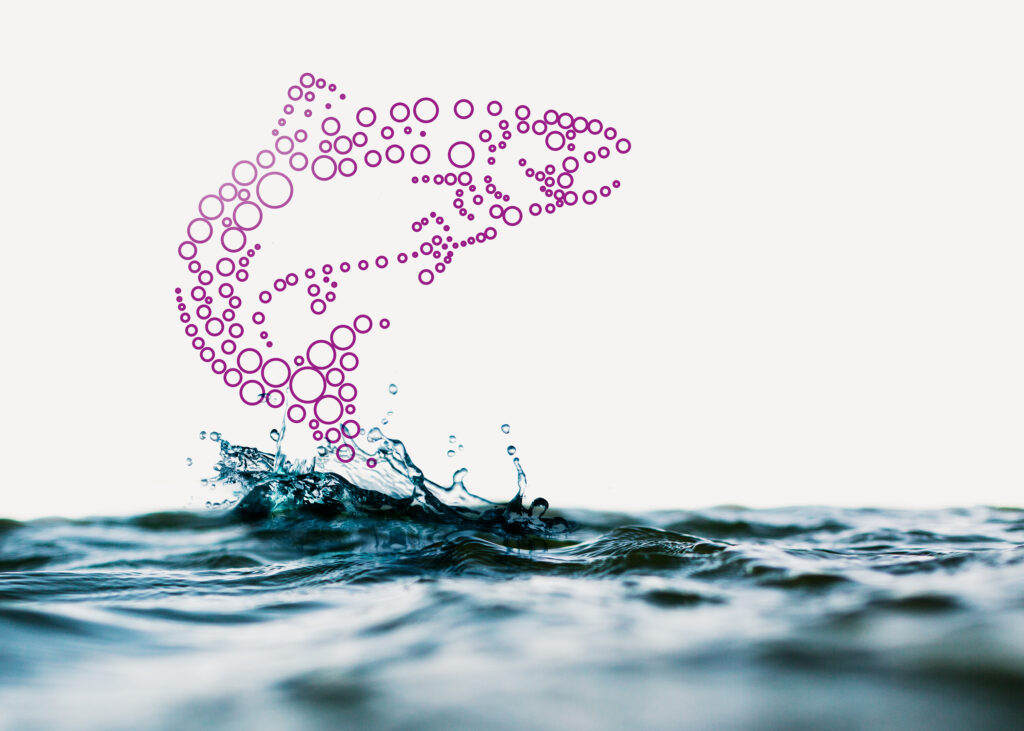
Sponsored Content
Features
Evonik’s solution for RAS
EPA-registered VIGOROX® Trident reduces pathogens in water with fish present
May 16, 2023 Sponsored by by Evonik Industries 
 (Image: Evonik Industries)
(Image: Evonik Industries) Fish farmers can now reduce fish pathogens (bacteria and viruses) in their recirculating aquaculture systems (RAS) without removing the fish, thanks to Evonik’s VIGOROX® Trident peracetic acid.
The solution has been registered by the U.S. Environmental Protection Agency (EPA) for use in RAS — and it’s effective. “VIGOROX® Trident is one of the best biocides in terms of combating a wide range of fish pathogens — bacteria and viruses — in water,” says Philip Block, Technology Director at Evonik’s Active Oxygens business line, which produces VIGOROX® Trident. “Our new label from the EPA allows us to apply peracetic acid in the RAS tank with fish present. This will make it much easier for the farmer to treat the water and reduce fish pathogens.”
Peracetic acid has a long history of being used effectively in other industries, including poultry processing and municipal waste water treatment. And Evonik has a long track record of producing peracetic acid: It has been manufacturing the substance since the 1940s.
Convenient application
“Many biocides that have historically been used in aquaculture leave byproducts or degradants in the aquaculture system after use,” said Philip Block. But VIGOROX® Trident breaks down into only water, oxygen, and acetic acid.
In addition, not having to ferry the fish from one tank to another to clean the water is a big time and money saver for RAS operators.
“It’s a lot better than any compound that we can use to treat the water in fish farming, and it’s perfectly designed for RAS systems,” said Dave Straus, from the Agricultural Research Service at the U.S. Department of Agriculture (USDA).
Pavel Korzinek, Business Manager for Specialties at Evonik Active Oxygens, said there’s another potential benefit in using VIGOROX® Trident over other technologies, including ozone, to clean the water: less electricity usage.
“Using ozone can be very energy consuming, so using VIGOROX® Trident peracetic acid may also save energy,” said Korzinek.
Adding it to water
“Typically, VIGOROX® Trident would be added to the water three to four times a week for somewhere between 30 and 45 minutes,” said Block. “It is an ongoing treatment to inhibit the growth of fish pathogens in the RAS water.”
“Evonik works closely with farmers early on in the process, evaluating system needs and requirements, running tests, and determining dosage, as well as providing equipment and ongoing operational support. The product works well in both fresh and saltwater environments, but it does decompose a bit faster in salt water,” explained Korzinek.
He added that Evonik offers continuous technical services and support to farmers to ensure the product works as designed, and that changes are addressed as they occur. “One of things that Evonik can do is actually sample the RAS water, analyze it in our microbiology labs, and recommend the optimal dosing strategy based on the water quality and the VIGOROX® Trident decomposition rate.”
“It’s not as simple as dosing peracetic acid into the system,” Korzinek explained, noting that a number of factors need to be considered, including flow rates, recycle rates, water quality, and the ratio of fish to water. “Not every RAS system is the same.”
Another advantage of VIGOROX® Trident is that it can be used in tandem with other technologies being used by farmers, such as ultraviolet light (UV).
“It’s not uncommon for fish farms to use both peracetic acid and UV systems,” said Block. “Peracetic acid does not negatively affect UV systems, so no additional maintenance is required in order to use both.”
Measuring the levels
Measuring the amount of peracetic acid in the water is a simple process for farmers, said Block.
There are two ways, essentially, to monitor the levels. The first, which is the most common, is with a handheld unit that takes a sample of the water and runs an analysis — a process that takes about five minutes.
“It’s accurate down to 0.2 parts per million,” he said. “It’s very simple to use.”
A second method is to use a submersible probe that can measure the level of the acid. These probes are very accurate but require a fair amount of maintenance, so most farmers use the handheld unit, remarked Block.
The science behind it
Chris Good, director of research at The Conservation Fund’s Freshwater Institute, said there was a lot of research conducted to ensure VIGOROX® Trident was effective.
“We wanted to see how efficacious it is against specific fish pathogens in the RAS water,” he said.
The Freshwater Institute worked to assess the impact of VIGOROX® Trident on specific fish pathogens and demonstrate how much concentration, and time, it took to sufficiently reduce fish pathogen numbers in the water.
“I think farmers will really benefit from having this in their tool chest. Especially RAS operators: because anything you put in the water in a recirculating system — if it’s going through the biofilter — might kill your biofilter,” he said.
Once the upfront work is done, ensuring that the dosage is calculated and administered properly, Good said farmers will “quite like” peracetic acid as a supplementary method for reducing fish pathogens in water. He noted that a different biocide compound previously used to treat water is a human carcinogen and is “relatively biofilter unfriendly.”
“Peracetic acid is expected to replace current water treatment technologies, and farmers will really like it once they’re able to establish their own protocols,” said Good, who said he was pleased Evonik is willing to work with customers in guiding the application of VIGOROX® Trident in their systems.
Dave Straus noted that peracetic acid is produced from acetic acid, hydrogen peroxide, and water, along with a stabilizing agent. It has greater reactivity and lipid-penetrating properties than hydrogen peroxide alone and is not deactivated by catalase and peroxidase like hydrogen peroxide would be.
Learn more about Evonik’s VIGOROX® Trident peracetic acid.
Print this page